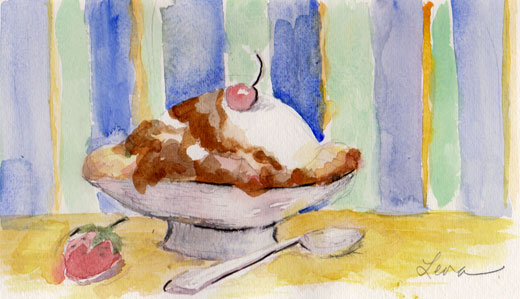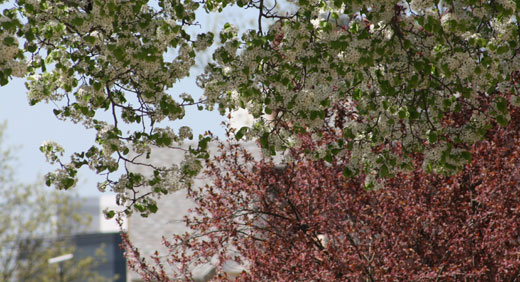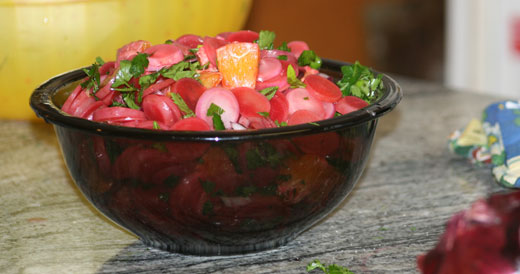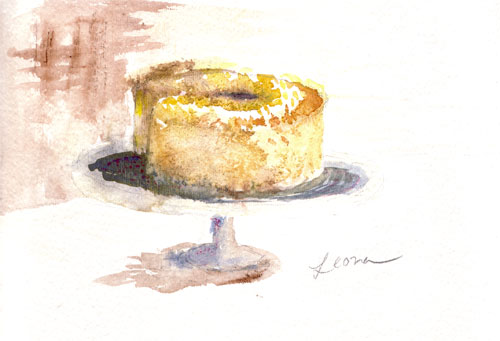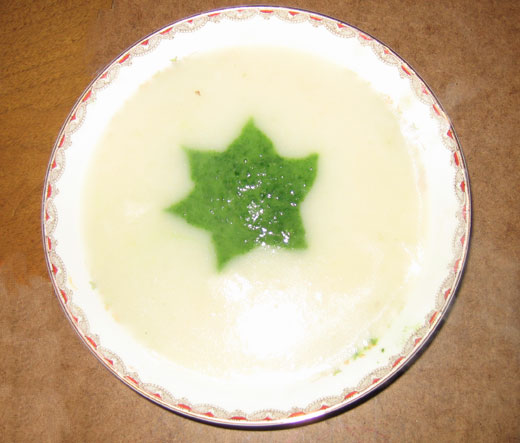A story about the mother of an East Brunswick friend, from the East Brunswick Sentinel (article is a year old, so I am copying it in full):
EAST BRUNSWICK — Henia Konopko was a young girl, about 10 or 11 years old, when her brother, Harry, rescued her and his wife, Luba, from a Jewish ghetto in Poland during World War II. He took them to live deep in the primeval forest near the town of Lida, now part of Belarus. There, they hid from the Nazis for more than two years, with the help of the legendary Bielski partisan group.
East Brunswick resident Molly Kaplan said she always knew her mother, Henia, was a Holocaust survivor. But it wasn’t until Kaplan was a teenager that she learned the heroic details of Henia’s epic struggle for survival.
Truth is stranger than fiction, and the remarkable story of the Bielski partisan group has now leapt from the dustbin of history into the din of popular discourse with the recent release of the movie “Defiance.” The film made its national debut in theaters earlier this month. It chronicles the efforts of three Jewish brothers who created a safe haven in the forest where they eventually saved more than 1,200 Jews from the Nazis.
“Brothers Tuvia, Zus and Asael Bielski took it upon themselves that they were going to save Jewish men, women and children,” Kaplan said. “During the Holocaust, there were other partisan groups, resistance fighters — there were Polish, there were Russians. But the thing that was unique about the Bielski group was that those other resistance fighters refused to take women and children.
“It was because of my uncle saving my mother’s life, bringing her out to the Bielski partisan group, and because of Tuvia Bielski and his brothers that I’m sitting here today.”
On May 8, 1942, the Nazis marched an estimated 6,000 Jews from the Lida ghetto to the outskirts of town to be shot and dumped in a mass grave. Harry broke from the crowd and took a bullet in his head as he sprinted for cover. Miraculously, the bullet lodged half an inch from his brain, and Harry was able to make his way back into the ghetto where a Jewish surgeon successfully operated on him, removing the round. Harry then went into the forest and joined the Bielski partisans before sneaking back into the ghetto to rescue his sister and wife.
Henia described how she and the Bielski partisans lived in the woods by digging out underground caves. The Nazis sent out frequent search parties with dogs, and the partisans were always on the alert and frequently on the move. Kaplan said that Harry, approaching 20 at the time, went out with the partisans on sabotage missions targeting Nazi supply lines.
“My Uncle Harry and Tuvia Bielski and his brothers — I taught my kids that those are what true heroes are,” said Kaplan.
After the war, Henia met her husband, Jacob Karp, in Israel. Karp also had survived the Holocaust in Poland, and the two were married before emigrating to the United States in 1957. They raised Molly and her older brother, Fred, in The Bronx and Brooklyn. Henia died in 1993, Jacob in 1999, and from time to time, Kaplan would run into people who knew her mother.
Kaplan said she once met a woman who was is the forest with the partisans, and she remembered Henia not by name, but by her smile.
“I showed her a picture of my mom as a girl, and she told me, “Now I remember her, I remember that smile.’ Kaplan said she is most happy when her friends say her three children have their grandmother’s smile, and Kaplan finds strength in the fact that Henia was able laugh and smile throughout her life.
“Despite all the hardships she’d been through, she was always very happy, with a joy for life,” said Kaplan. “One of the things she always said to us was that the way they succeeded against the Nazis was not only by fighting, but also by living.”
Kaplan also once met Tuvia Bielski after he spoke at Brooklyn College, her alma mater. After a lecture Tuvia gave, she ran up to him and introduced herself and told him he saved her mother’s life, adding, “I’m here because of you.”
“He was very humble, to him it was no big deal, he wasn’t looking for prestige,” Kaplan said. “He said “Thank you’ and told me he was happy we met. But he didn’t perceive himself as having done something so great. My uncle Harry was the same way, and that, to me, is what the essence of a true hero is.”
Kaplan said she attended Tuvia Bielski’s Shloshim ceremony 30 days after his death — going out to Flatbush in Brooklyn; she was surprised to see only a scant few in attendance. She thinks the movie “Defiance” will change the way the Bielski partisans are remembered and said her mother always wanted people to know of their story before she passed away.
On the bottom of Henia’s gravestone in Elmont, Long Island, Kaplan said there is an inscription that reads: “Never say that you are going your last way.” The words are from “The Partisan’s Song,” which they sang in the forest to keep their spirits up.
“The words in the song are in Yiddish, and they say to never give up hope in life, don’t ever say that the situation you are in means death,” Kaplan said. “The song says that its own lyrics are written in blood.
“Yes, you fight back when needed, but you fight back to live, you fight back for life.”
